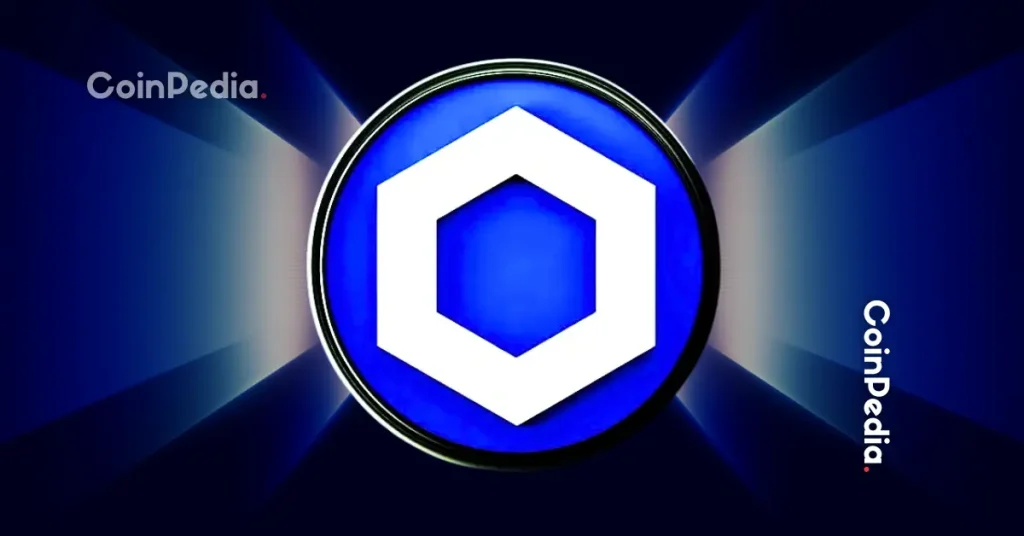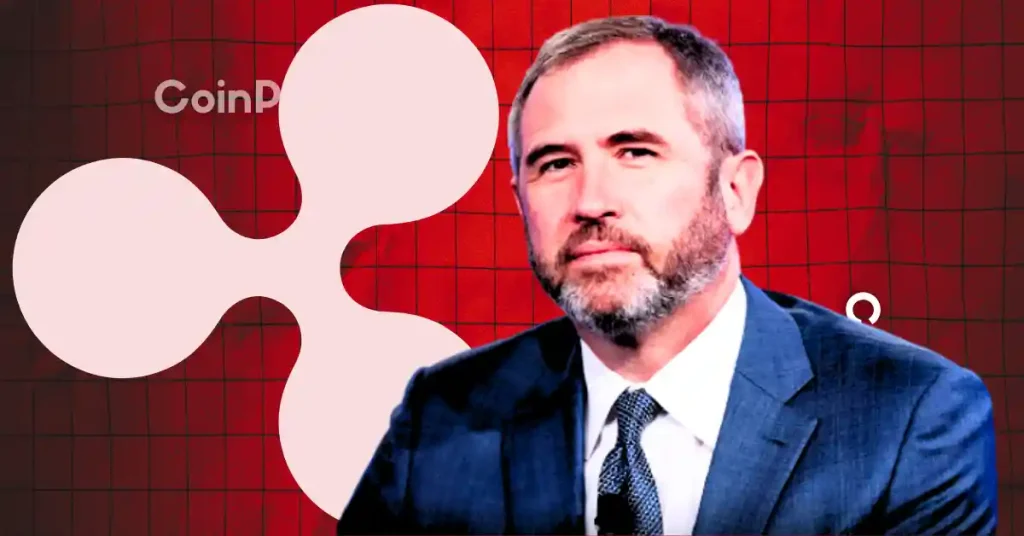
Layer 2, which has native tokens and acts as a bridge, may pose more problems than solving blockchain’s problems as a scaling solution. Trust Machine’s Rena Shah thinks so.
◎
Innovation needs assistants. Since time immemorial, great innovations have scaled only through catalysts, the support they need to get over the first hurdle.
Books needed printing presses, Ford Motor Company needed factories that enabled mass production, Coca-Cola needed supply chains, social media needed smartphones. And now blockchain needs Layer 2 (L2).
Developers interested in scaling are essential to bringing the technologies and products that revolutionize our world to more people.
The first Layer 2 solution for crypto assets was born out of the need to properly scale the base layer, Layer 1. Since then, Layer 2 has been touted as a solution for scaling, faster transactions, lower fees, and mass adoption of crypto assets. However, achieving a truly efficient, secure and stable scaling solution for crypto assets is quite difficult.
Layer 2 is meant to change the nature of the problem rather than the solution. For Layer 2 to survive, it needs to be a complementary resource to the base layer blockchain. Ethereum, Avalanche, etc. have established Layer 2 ecosystems that temporarily repair Layer 1.
Less-scalable Bitcoin could offer a new solution to these Layer 2 problems.
In recent months, there has been growing interest in using Bitcoin as a payment layer, rather than just a store of value. Bitcoin NFT issuance using Ordinals, BRC-20 token creation, and other unexpected use cases have reaffirmed the Bitcoin blockchain’s Achilles heel: Lack of Layer 2 solutions.
However, this may be a blessing in misfortune.
What about implementing functionality in layer 1?
If the original idea of Layer 2 was to create a “pressure relief valve” for the base layer blockchain, that’s what Bitcoin developers can do.
Recent solutions such as sBTC, given that other layer 2s have struggled, offer Bitcoin-native DeFi (decentralized finance) and NFTs that are directly backed by the security and stability of Bitcoin’s base layer. We chose to allow developers to realize applications and economies such as
The base layer is durable, immutable, infrequently changed, and provides the foundation that allows the ecosystem to grow and thrive on top of Layer 2.
But can’t the functionality of the L2 solution be implemented directly in the Layer 1 protocol?
Tezos is an example of a blockchain that tackles scaling by implementing various features directly on Layer 1 by frequently upgrading Layer 1.
But even the Tezos developer community would say this move is only temporary. The time will come when the Tezos Layer 2 ecosystem will be the right fit for the chain’s success.
When layer 1 and layer 2 become indistinguishable
The flywheel economy (accumulating small successes and creating a virtuous cycle that leads to continuous growth) cannot be sustained with Bitcoin’s base layer. Instead, a robust ecosystem should seamlessly move value between the base layer and layer 2 to enable accessibility and flexibility for the next adoption cycle.
After 10 years of Layer 2 development with the emergence of Omni Layer in 2013, Bitcoin has a chance to become the leader in finding a permanent solution to blockchain scalability.
At least part of the current Layer 2 problem is that token issuance disrupts and dilutes the integrity of the base layer, as Ethereum developers have recently faced. Assets have to be bridged between layer 1 and layer 2 ecosystems, creating an increasingly chaotic and insecure environment.
Instead, developers must create a complementary Layer 2 that doesn’t steal the base layer’s good ideas. So blockchain solves the scaling problem when it can’t distinguish between Layer 1 and Layer 2.
The solution to the layer 2 problem is to forget why you need layer 2. And it’s like everyone knows about Diet Coke, but very few people know about the Diet Coke supply chain, or don’t know about Henry Ford’s assembly line.
In the next decade, we will know more about Bitcoin, Ethereum, etc., but not all of the Layer 2 solutions that underpin their mainstream use.
If there’s one truth about technology, it’s that everyone pays attention to the results. No one pays attention to machines that deliver results.
|Translation: coindesk JAPAN
|Editing: Takayuki Masuda
|Image: Shutterstock
|Original: Bitcoin’s Lack of Layer 2s Is a Blessing in Disguise
The post Bitcoin, lack of Layer 2 is unfortunate luck | CoinDesk JAPAN | Coin Desk Japan appeared first on Our Bitcoin News.

 2 years ago
112
2 years ago
112














 English (US) ·
English (US) ·